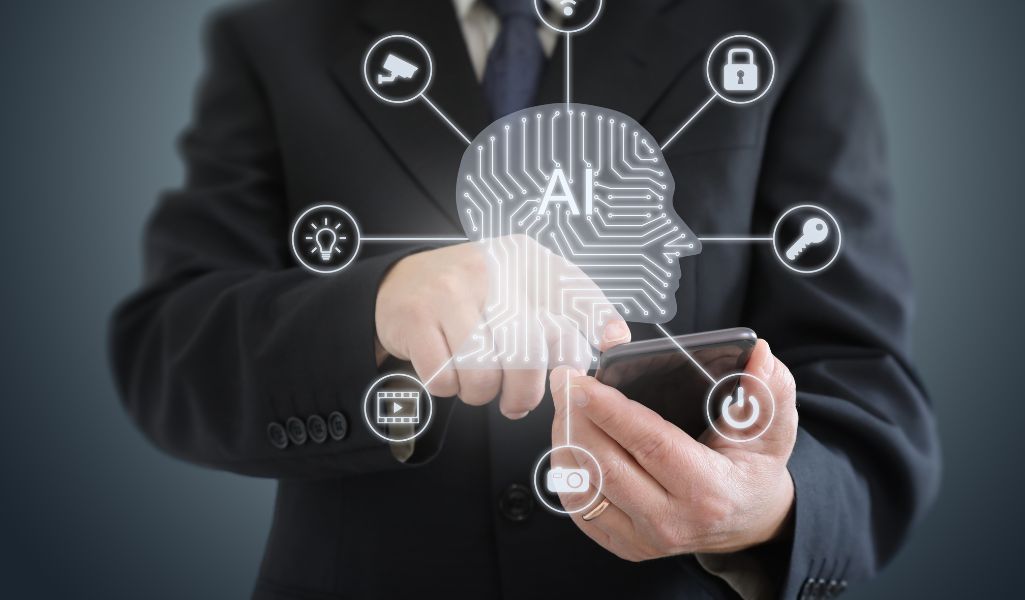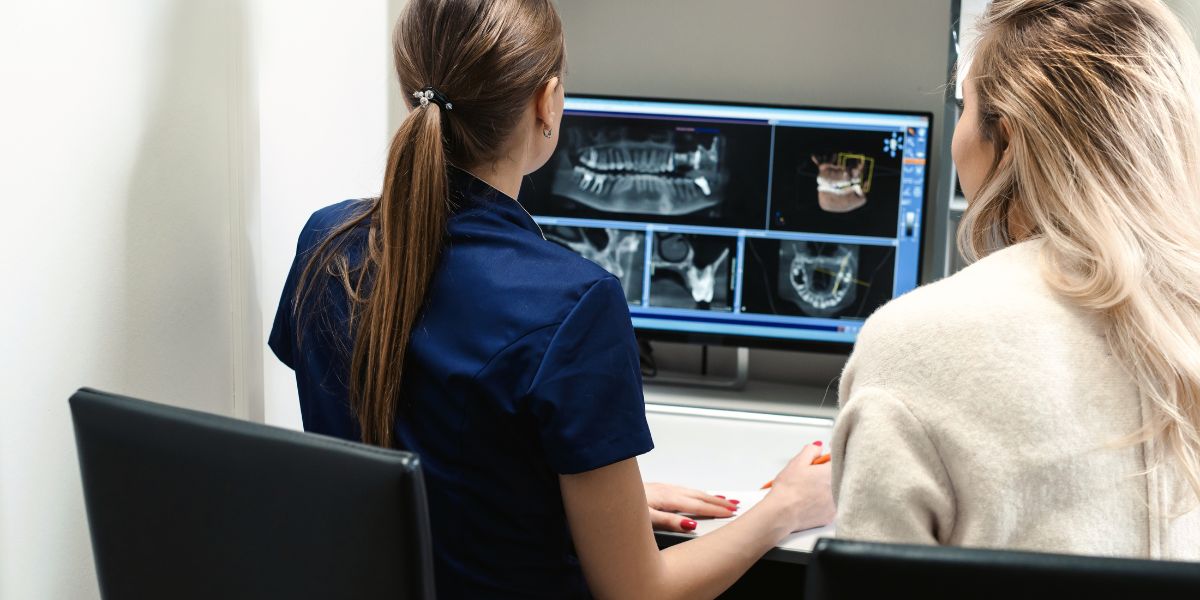The Future of Dentistry: How Digital X-Rays Are Revolutionizing Diagnoses and Enhancing Patient Care
In today’s fast-evolving world, technology has transformed countless industries, and dentistry is no exception. One of the most remarkable breakthroughs in modern dental care is the shift from traditional X-rays to digital X-rays. This leap in imaging technology is not only improving diagnostic accuracy but also enhancing patient care in profound ways. From faster results to lower radiation exposure, digital X-rays are paving the way for a future where dental diagnoses are more accurate, efficient, and comfortable. Let's dive into how digital X-rays are revolutionizing the field of dentistry.
Gone are the days of old-fashioned dental tools that felt clunky and uncomfortable. Today, advanced dental technology in dental clinics allows patients to enjoy a smoother, pain-free dental treatment experience. Whether it’s reducing the anxiety associated with dental visits or making procedures more precise, modern dental technologies are taking patient care to a whole new level. So, how exactly is this technology changing the game for dental patients? Let’s explore.
For years, dental imaging relied on traditional X-ray films that were developed using chemicals and required time for the images to be ready. These film X-rays were limited in terms of image quality and required patients to wait for the images to be processed before the dentist could begin a diagnosis. The quality of the X-rays also depended on several variables such as film handling and development techniques.

In contrast, digital X-rays utilize electronic sensors that capture high-quality images of a patient’s teeth and gums. The images are instantly transmitted to a computer screen, allowing the dentist to examine them in real-time. This transition to digital imaging represents a major upgrade that not only improves the accuracy of diagnoses but also streamlines the entire dental treatment process.
One of the standout features of digital X-rays is their enhanced image quality. Unlike traditional film-based X-rays, digital sensors provide high-resolution images with far more clarity and detail. This improvement in image quality means that even the smallest dental issues, like tiny cavities or early bone loss, can be detected more easily. The digital format also allows for the enhancement of the images, such as adjusting brightness, contrast, and magnifying areas of concern. This allows the dentist to make more precise diagnoses, leading to better treatment decisions.

With traditional film X-rays, the images could become distorted due to poor handling or improper processing. Digital X-rays, however, maintain their integrity, reducing the chances of misdiagnosis due to image quality issues. This makes digital X-rays an essential tool for accurate, timely, and effective dental care.
One of the biggest advantages of digital X-rays is the speed at which they provide results. Traditional X-ray films required significant time for development, delaying the diagnostic process. With digital X-rays, the images are ready in a matter of seconds, allowing the dentist to analyze them immediately.
This speed is particularly valuable in urgent situations where time is of the essence. If a patient requires an immediate diagnosis, such as in the case of a dental emergency, digital X-rays provide the fast results needed to make quick decisions. Furthermore, this speed reduces wait times for patients, making dental visits more efficient and convenient.
While dental X-rays are crucial for diagnosing oral health issues, there has always been concern about the amount of radiation patients are exposed to. Traditional X-rays involved higher doses of radiation compared to modern digital techniques. Fortunately, digital X-rays significantly reduce this exposure by up to 80% in some cases. This decrease in radiation is especially important for vulnerable populations such as young children and pregnant women, who may be more sensitive to the effects of radiation.
Thanks to digital X-ray technology, dentists can now capture detailed images with minimal risk to patients, offering a safer and more effective diagnostic tool. This reduction in radiation not only increases patient safety but also adds peace of mind for those who may be concerned about the potential health risks of traditional X-rays.
In addition to their health benefits, digital X-rays are also more environmentally friendly. Traditional X-ray films required the use of chemicals for development, which had to be disposed of properly to prevent environmental damage. With digital X-rays, there are no chemicals involved in the process, making it a more sustainable choice for the environment.
From a financial standpoint, digital X-rays also offer cost-saving advantages for dental practices. Although the initial investment in digital X-ray equipment can be higher, there are no ongoing costs for film, chemicals, or processing equipment. Additionally, digital X-rays streamline the diagnostic process, making appointments more efficient and reducing overall operational costs. These savings can ultimately be passed on to patients, making dental care more affordable.
No one looks forward to a dental visit, but digital X-rays are making the experience more comfortable for patients. Traditional X-rays required patients to bite down on films that could be uncomfortable or awkward to position. In contrast, the small digital sensors are much more comfortable and flexible, which makes the process quicker and more tolerable.

Moreover, patients no longer must wait in suspense for their X-ray results. As soon as the digital X-ray is taken, the image is immediately displayed on a screen, allowing both the dentist and the patient to review it together. This instant access helps patients understand their dental condition better, fostering trust and improving communication. It also gives them the opportunity to ask questions and engage in the decision-making process regarding their treatment options.
Another powerful feature of digital X-rays is the ease with which they can be shared with other healthcare professionals. If a dentist needs to consult with a specialist — whether an oral surgeon, orthodontist, or periodontist — they can send digital X-rays securely and instantly. This fast communication ensures that specialists receive high-quality images in a timely manner, which helps in the planning of complex treatments.
Digital X-rays are also stored electronically, allowing dental practices to maintain a comprehensive record of a patient’s imaging history. This easy access to past X-rays means that dentists can track changes over time and make more informed decisions about ongoing treatment. The ability to review a patient’s entire imaging history helps in identifying long-term trends and in making proactive decisions about their dental care.
Looking to the future, the integration of artificial intelligence (AI) with digital X-ray technology is poised to further revolutionize the field of dentistry. AI-powered software can assist dentists in analyzing X-ray images more efficiently by identifying potential issues that might go unnoticed by the human eye. For example, AI can help detect early-stage cavities, periodontal disease, or even oral cancer.


